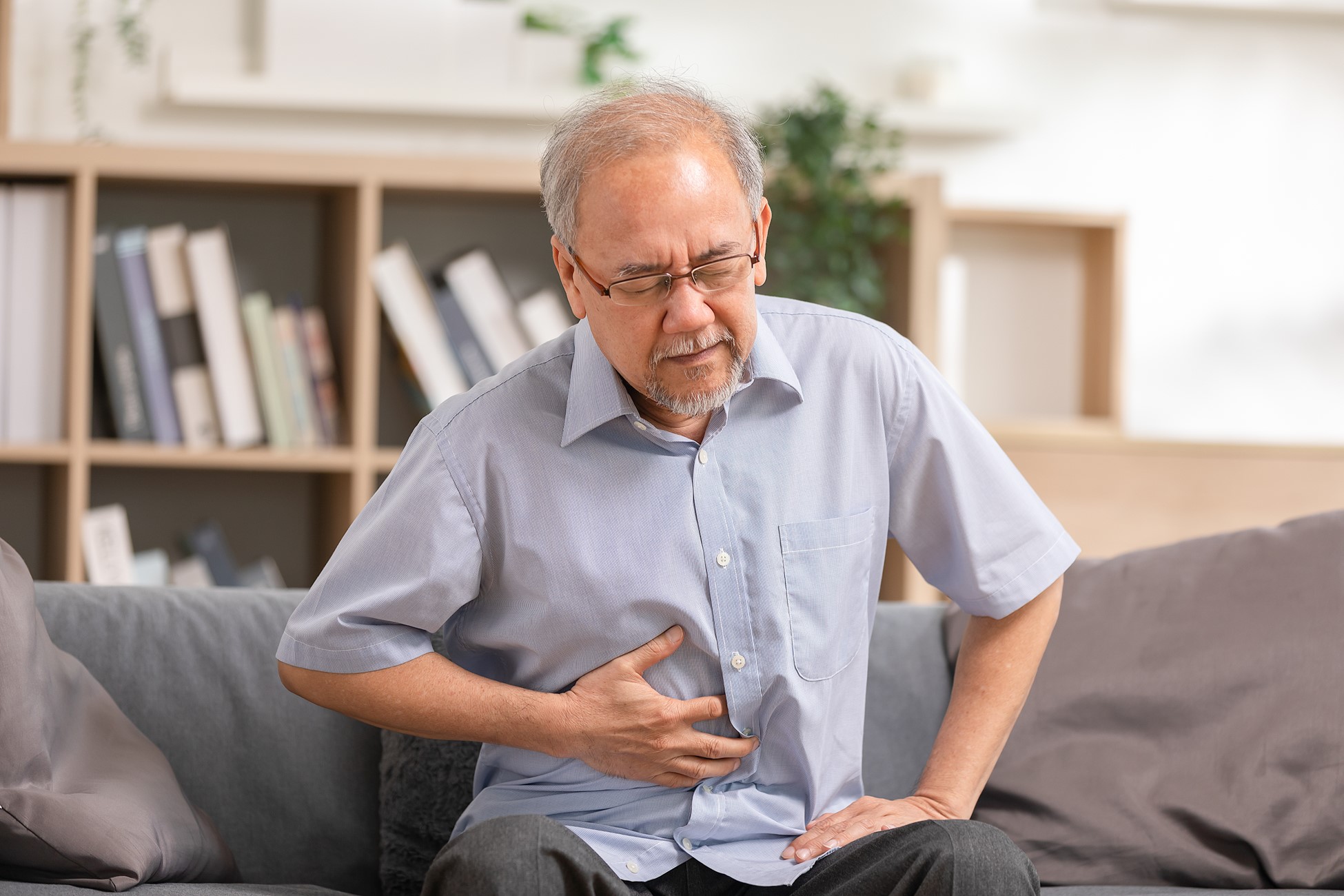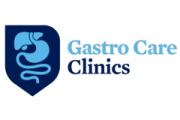Recognizing the early signs of cholangitis is crucial for timely medical intervention. Cholangitis refers to an infection in the bile duct system and can escalate into severe complications if not treated promptly. It generally requires early recognition and care to prevent possible serious health consequences. By understanding how to spot early cholangitis symptoms, you can seek medical help before the condition worsens.
Understanding Cholangitis
What is cholangitis? It’s an infection of the bile ducts. These are passages that carry bile from the liver to the gallbladder, and then to the small intestine. Bile plays a vital role in digesting fats. When these ducts become blocked or infected, it leads to cholangitis.
There are two types you should know about: acute and chronic cholangitis. Acute is sudden and often severe, demanding immediate attention. Chronic, however, is long-lasting and may require ongoing management.
Common causes include:
- Gallstones, which can block the bile ducts and cause inflammation and infection.
- Bile duct inflammation from infections or diseases.
Understanding these factors is key to managing the risk and effects of cholangitis.
Identifying Early Warning Signs
Identifying the early cholangitis symptoms can prevent complications. Let’s dive deep into the warning signs:
- Abdominal Pain: Usually, it is pain in the upper right part of the abdomen. The pain can range from mild aches to sharp, stabbing sensations.
- Fever and Chills: These can often accompany an infection like cholangitis. It’s your body’s way of fighting the infection.
- Jaundice: This condition causes a yellowing of the skin or eyes and can signal cholangitis or other liver issues. Jaundice happens because bile pigment builds up in the bloodstream.
- Urine and Stool Color Changes: Dark urine and pale stools might seem minor, but they’re telling signs. Dark urine results from bile pigments in the blood, while pale stools indicate that bile isn’t reaching the intestines.
Additionally, be aware of other cholangitis signs and symptoms such as:
- Itching: Often related to bile build-up.
- Fatigue and Weakness: Your body uses energy to fight infections, leading to tiredness.
Recognizing these symptoms helps in distinguishing cholangitis from other conditions.
Recognizing the Risk Factors
Several factors could increase the risk of developing cholangitis:
- Gallstones: Known to cause blockages leading to infection.
- Previous Surgeries: Especially those on the bile duct or nearby areas.
- Chronic Liver Conditions: Such as hepatitis or cirrhosis.
- Immune Disorders: Autoimmune diseases affecting the liver or bile ducts.
Understanding these risk factors is crucial in anticipating and managing potential cholangitis issues.
Knowing When to Seek Medical Attention
Certain situations warrant a doctor’s visit right away:
- Urgent Care Scenarios: Intense abdominal pain, high fever with chills, and symptoms of jaundice require immediate attention.
- Concerning Symptoms: Mild abdominal pain, slight fever, or yellowing eyes might not be urgent but shouldn’t be ignored if they persist or worsen.
Being proactive can prevent cholangitis from worsening.
The Diagnostic Journey – What to Expect at the Doctor’s Office
When visiting the doctor, you can expect a comprehensive evaluation:
- Consultation and Physical Exam: Discuss your symptoms. The doctor checks your belly and other vital signs.
- Blood Tests and Imaging: Blood tests help confirm infection. Ultrasound or CT scan locates any blockages.
- Cholangiography: This is a special diagnostic step to image the bile ducts, often used to detect blockages.
Understanding this process prepares you and eases worries.
The Crucial Role of Early Treatment
Early treatment of cholangitis is key to avoiding complications, like liver damage or severe infections spreading beyond the bile ducts. Addressing cholangitis signs and symptoms quickly ensures the best health outcomes. Infections can spread rapidly, so prompt medical treatment makes all the difference.
Lifestyle Tips for Prevention and Management
Adjusting your lifestyle can help prevent and manage cholangitis:
- Maintain a Healthy Diet: Lower fat intake to lessen gallstone risk.
- Regular Exercise: Keeps your body functioning optimally.
- Manage Digestive Health: Regular check-ups help spot potential issues early.
By managing underlying conditions, you lower the risk of developing cholangitis.
Conclusion: When Every Symptom Matters
In summary, keep an eye on critical warning signs like abdominal pain, jaundice, and changes in urine or stool color. Don’t hesitate to consult a doctor if you spot any cholangitis signs and symptoms. Remember, early recognition and treatment are vital for better health and avoiding complications.
For expert care and timely treatment, visit Gastro Care Hospital to ensure your digestive health is in the best hands.



